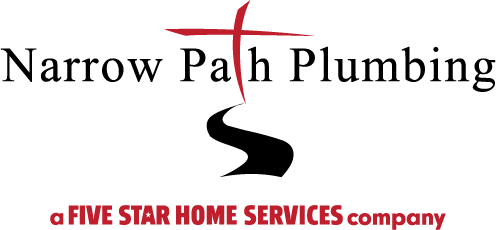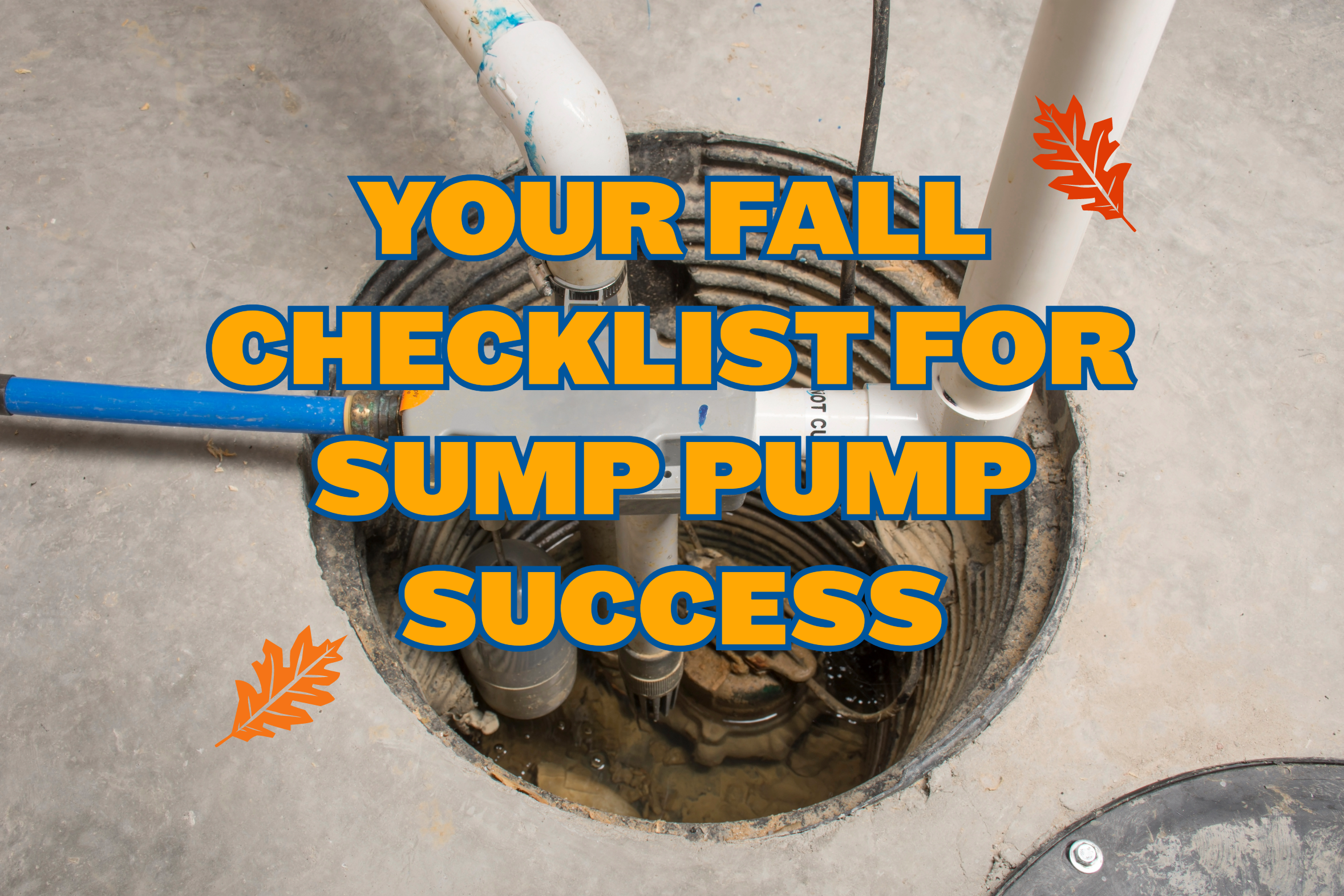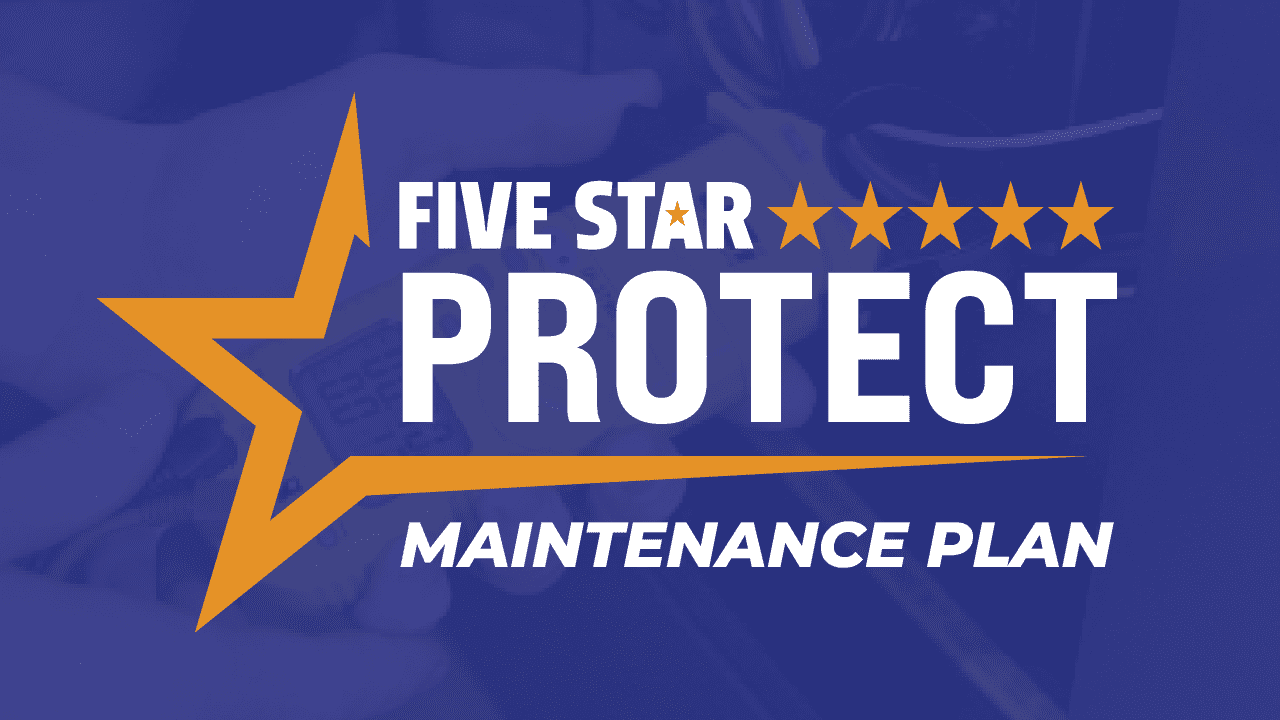Although sump pumps are indispensable throughout the year, they have an especially vital role during the winter and spring months in regions like Ohio, where we encounter a higher level of wet weather. Because of this, it is imperative for Ohioans to prioritize the maintenance of their sump pumps heading into the cold months. In the following, your friends at Narrow Path Plumbing offer some expert tips you can implement this fall to ensure the success of your sump pump during the upcoming colder months.
Your Checklist For Sump Pump Success:
Take the Lid Off:
Access the sump pump pit or basin by removing the cover. Upon removing the lid, inspect the interior promptly. If you encounter any mud, debris, or rocks, you should exercise caution while removing them. Objects of this nature have the potential to obstruct the sump pump and result in overflow and flooding.
Examine the Float Mechanism:
Check to ensure your sump pump’s float mechanism is working. It is responsible for activating the pump to remove excess water. You want to ensure that the float component can move freely without obstructions. A faulty float mechanism can result in the pump either failing to operate when required or running continuously, potentially causing damage to the sump pump’s engine over time.
Check the Inlet Screen:
Make sure that the unit’s inlet screen is clean to enable water entry into the sump pump’s pit. If the inlet screen is obstructed, water access to the pit may be hindered, leading to potential basement flooding.
Inspect Your Discharge Pipe:
You also want to ensure the water discharged by your sump pump is directed away from your home. When the sump pump is running, inspect the discharge pipe’s location. Make sure that it is directing water at a safe distance from your home. If the discharge point is too close, there’s risk of water seeping back into the pump. This could lead to continuous and inefficient operation. Excess operation like this causes premature wear and tear on your sump pump, reducing its lifespan. Nevertheless, it is important to note that while avoiding placing the discharge pipe too close to your home or other structures is essential, it is equally important to ensure that it remains within the boundaries of your property. Discharging excess water onto your neighbor’s property is not a good idea.
Conduct a Test Run:
To initiate the activation of your pump, introduce a bucket of water into the sump pit. Then closely monitor its performance to ensure optimal water removal. Next, proceed to inspect the discharge pipe externally to validate appropriate water disposal. In the event the sump pump fails to work, try checking that it is still connected to the power source and verify the power cord is still in working condition.
Check for Power and Install a Backup Power Source:
Having a backup battery or generator proves highly advantageous, particularly during severe rainstorms or power outages. When a contingency plan is in place, it provides reassurance, knowing that everything will be properly managed in the event of power failure or unforeseen circumstances.
Call Narrow Path Plumbing
To guarantee optimal performance of your sump pump throughout the cold season, it is essential to properly winterize your sump pump system in the fall. This essential preventative maintenance will help safeguard your home from potential water damage during the colder seasons. Having trouble with your sump pump? Don’t delay; call Narrow Path Plumbing today at (937) 623-2619, or schedule an appointment online now by clicking here!





